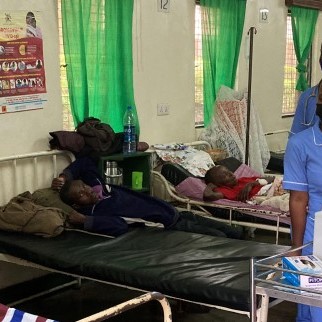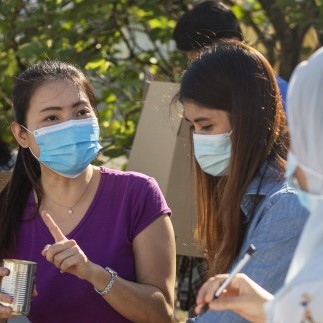
Fungal infections are silent killers, and cause misery to millions. More die of fungal diseases than either TB or malaria. After headaches and rotten teeth, skin fungal infections are the commonest diseases on Earth. Serious fungal infections afflict the most economically productive, especially in TB, AIDS and cancer patients, having a disproportionate impact on economies.
Only 30 species of fungi regularly cause disease of the 600 species that have ever caused infection in humans. All these fungi can grow at body temperature, unlike most environmental fungi. The common fungi causing infection are Trichophyton, Candida and Aspergillus.
Fungal infections can be separated into five groups with some overlap. Infections are grouped in order of broadly decreasing frequency:
- Invasive fungal infections
which are often fatal (esp. cryptococcal meningitis, Pneumocystis pneumonia, disseminated histoplasmosis, invasive aspergillosis, Candida bloodstream infection,). - Skin, hair and nail infection
(esp. ringworm, tinea capitis, athlete’s foot, onychomycosis). - Mucosal infection
(esp. oral and oesophageal candidiasis, Candida vaginitis (thrush)) - Allergic fungal disease
(esp. allergic bronchopulmonary aspergillosis (ABPA), severe asthma with fungal sensitisation (SAFS)) - Chronic lung or deep tissue infection
(esp. chronic pulmonary aspergillosis, endemic mycoses)



